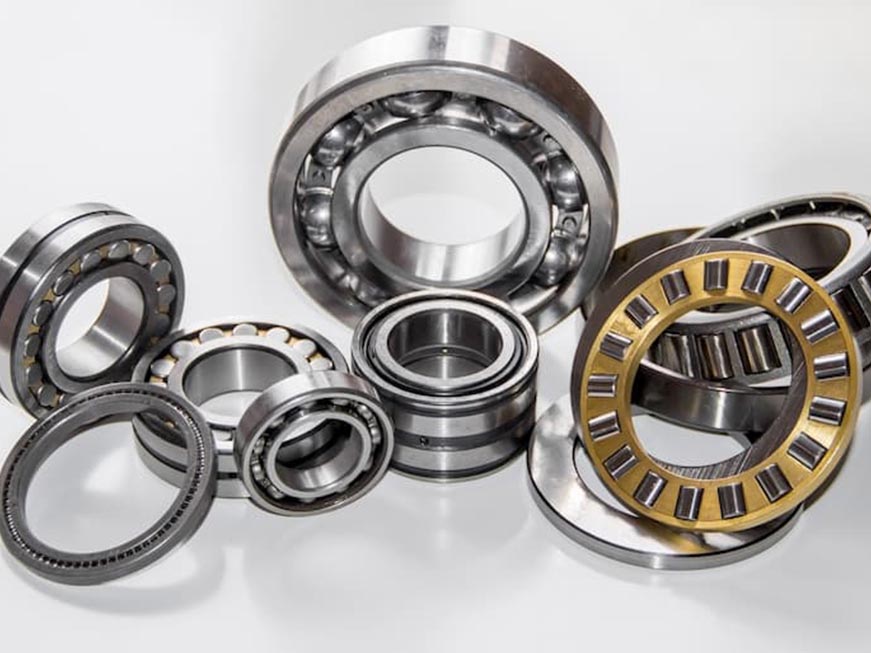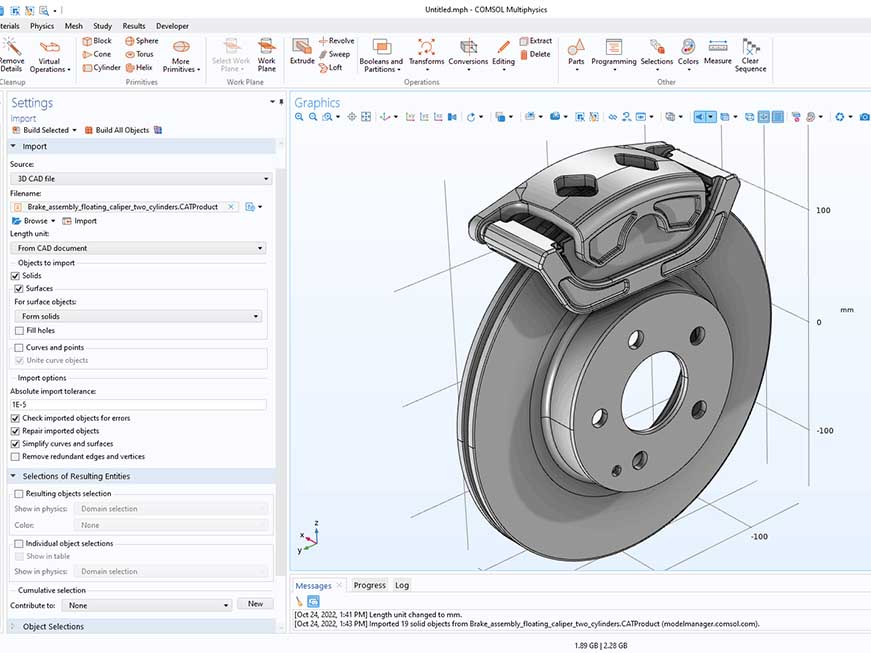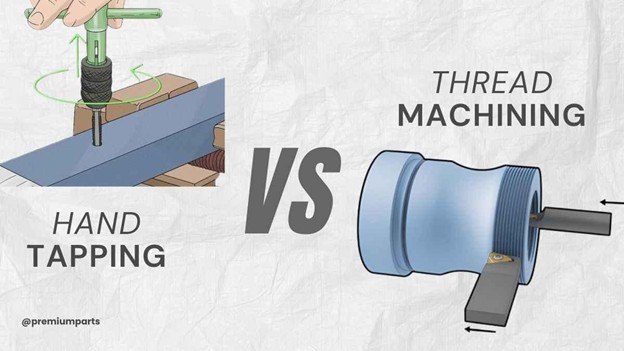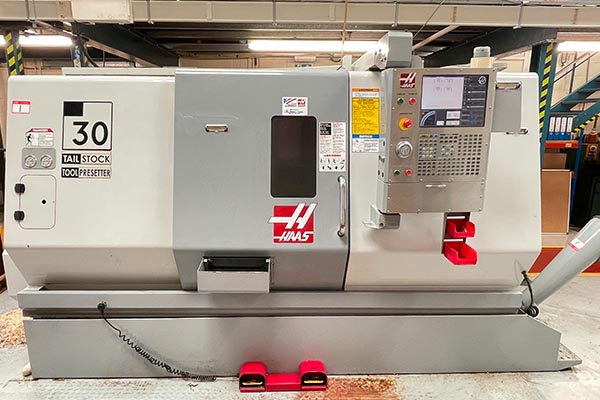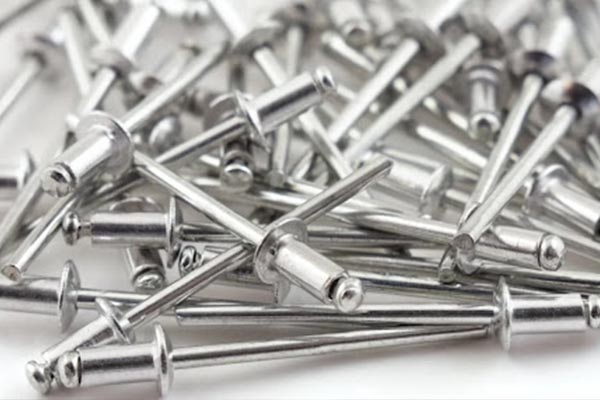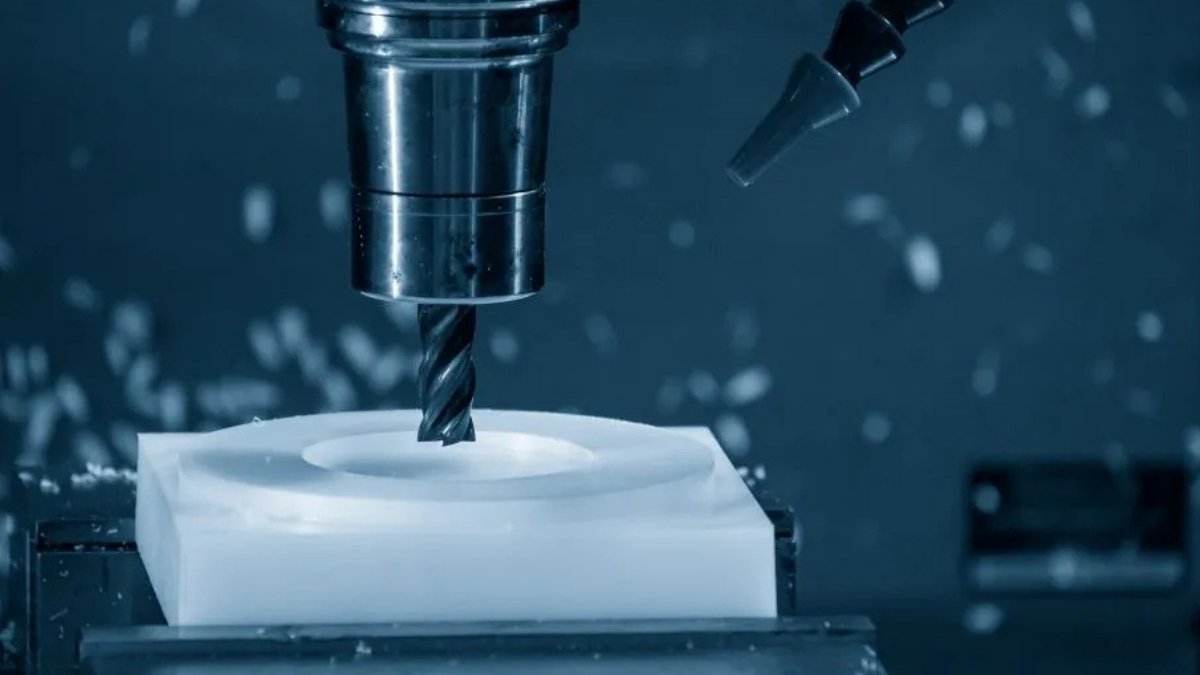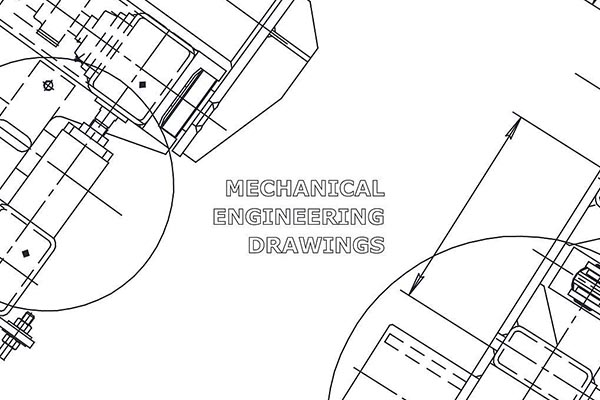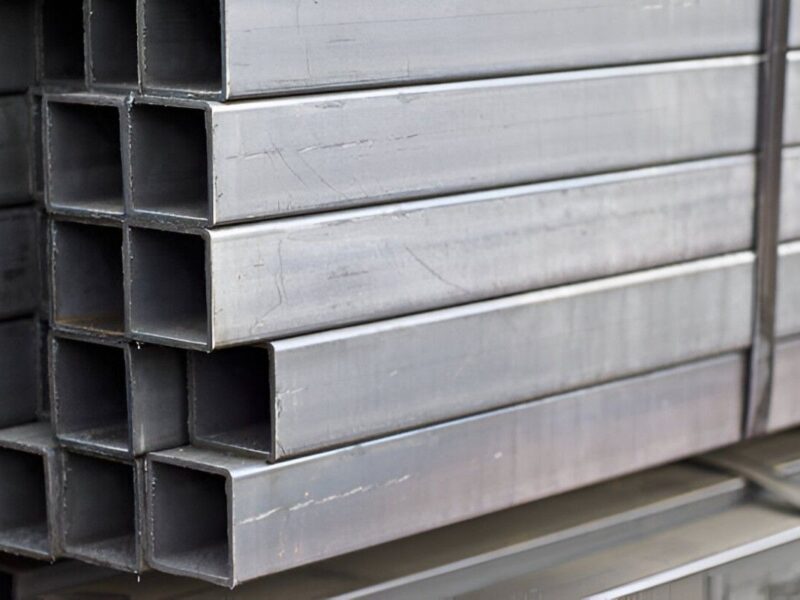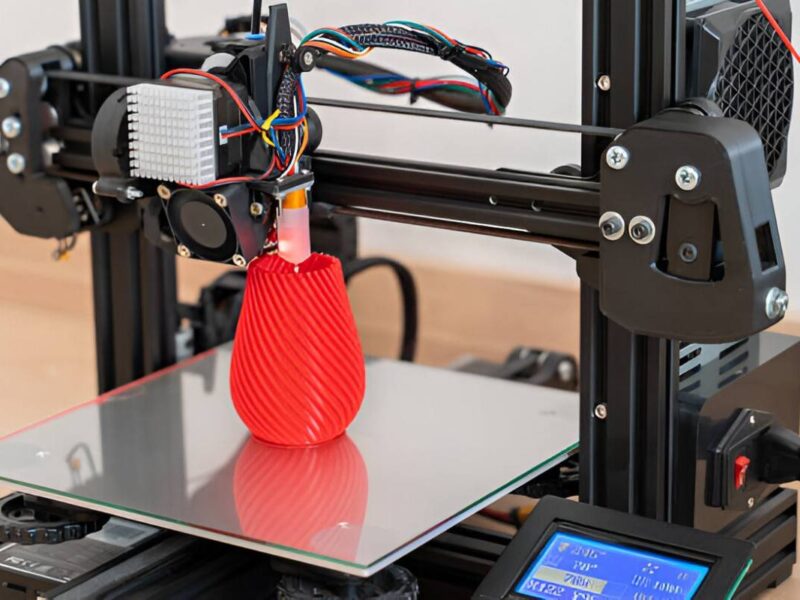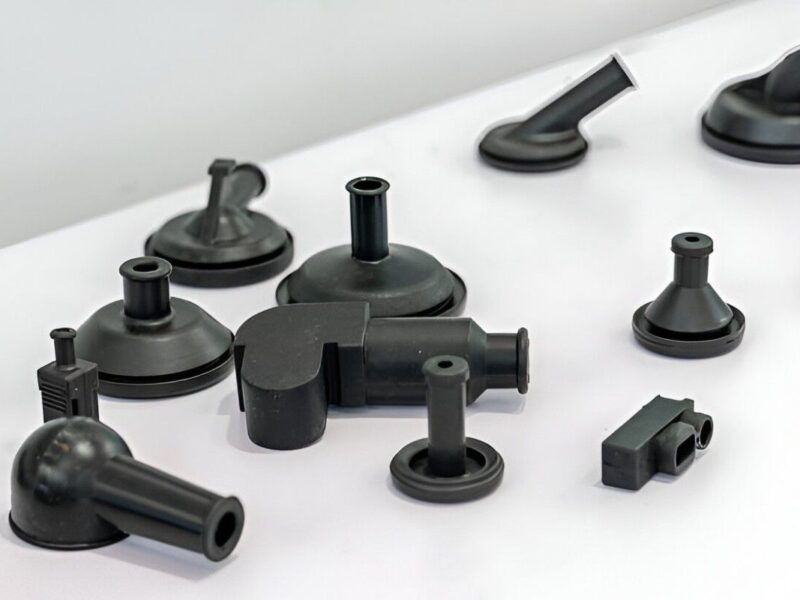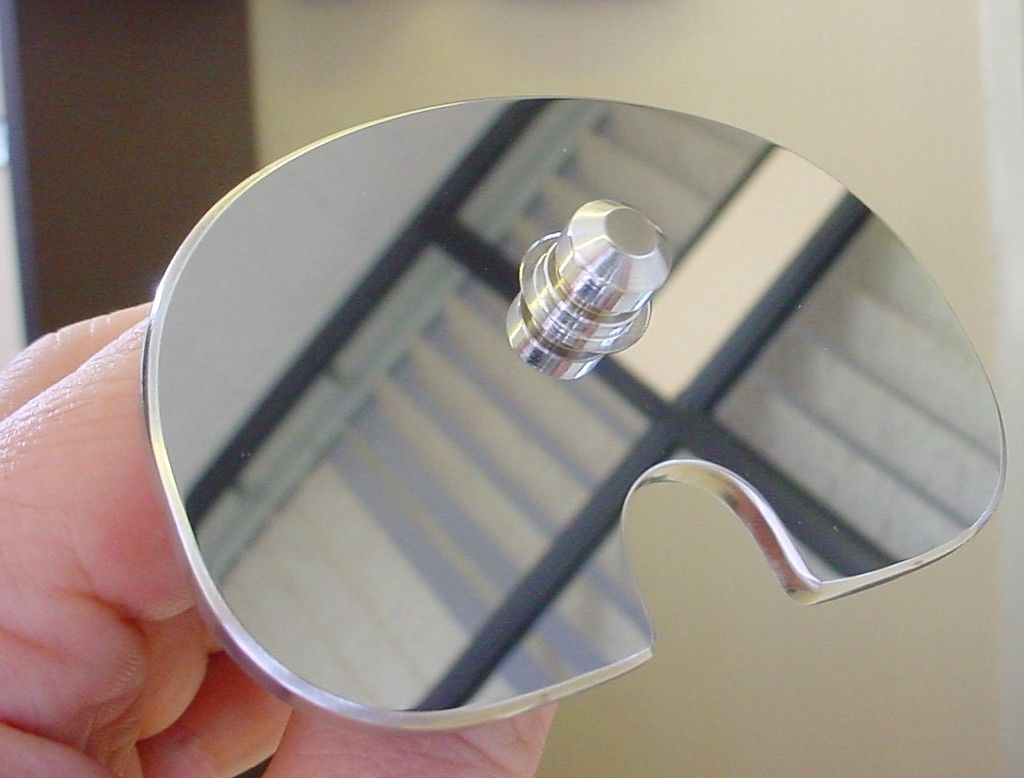
Polishing goes beyond simple spraying and finishes; it’s an art that hides impurities. It enhances the appearance of the material and eliminates imperfections. Usually, after manufacturing, the end products come with some flaws, such as texture and surface finish. It ensures that the final product has a perfect appearance and is high quality. Moreover, it makes the metal more durable by offering it a shield against degrading elements such as oxygen. There are many other reasons why a metal product can erode, such as high temperature and wear.
Thus, it prevents metal parts from corroding and contamination. It has different types, and each comes with distinct usage and application. Let’s explore more polishing and what it entails. Keep reading as you explore the depths of polishing types, benefits, and essential tips to do it right.
What’s Polishing and How it Works?
Polishing involves surface finish, which smoothens and adds premium textures to the surface. It usually works best to improve the durability and quality of the metallic products. Besides, it removes the scratches and impurities on the surface, giving it an ethereal shine. As a result, you get flawless and lustering products featuring high quality.
To perform polishing, you must select the techniques and components carefully. For example, automatic techniques are best for hard metals, while DIY techniques work well for subtle metals. Below is an overview of the different steps and stages of polishing.
Step 1: Surface Preparation
The first step for polishing is the preparation of the surface. This is the first and most important step as a base for the whole concept. Firstly, you need to evaluate the condition of the material and select the right abrasive for it. The choice of abrasive is crucial because that’s the foundation of all other steps. Moreover, clean the surface of the material for dirt. Select the right abrasive which will remove the imperfections effectively and prepare the surface for smoothing.
Step 2: Roughing
In roughing, we remove imperfections, including scratches, pits, and other flaws. In this phase, we use a stronger abrasive, e.g., with 120 and 180 grit. Use the abrasive and create a uniform surface. For small surfaces, a sander can also do the job with a diameter of 32mm and grains between 1500 and 3000. However, grinding the whole material is not necessary; we can grind the parts with imperfections only. For larger areas, you can use abrasives of 150mm and more. Afterward, use a cloth or wipe to remove the dirt from the material.
This stage unifies the surface and makes it smooth and perfect to achieve the best finishing results. A little carelessness can result in visible defects, which lower the quality and worth of the material.
Step 3: Polishing
After roughing, the next step is polishing. Use finer abrasives to remove the imperfections and make the surface smooth. This reduces the lines and scratches resulting from roughing and makes the surface smooth for polishing. Next, we use finer abrasives, such as 320 to 400 grit, to make the surface sleek. This quick abrasive paste can help achieve good surface quality. We use different pastes and spread them evenly on the surface of the material with the help of polishing sponges.
Step 4: Buffing and Brightening
Buffing is an important step for polishing as it’s the place where the material gets its final finish. In this phase, we use coating equipment and different buffing elements attached to the machines. It includes two motions: the polishing wheels cut and the color motion. Cut motion makes the surface of the material constant by pressing it against the buffing wheel and adjusting different medium to high pressures.
We make the material shiny in color motion by moving it against the wheels under light pressure. In this stage, the material underpass light touches to get a reflective and radiant appearance.
Step 5: Protection and Final Check
During the process, we go the extra mile to maintain the quality of the materials and make them durable. The lubricants like wax and oils protect the surface during polishing. As the temperature increases during polishing, these substances help minimize friction and cool the surface. Moreover, they ensure the surface of materials remains smooth and get maximum polishing results. Lastly, the surface must be inspected to see if it meets the final results. Check for marks, scratches, lines, and other imperfections.
Different Polishing Techniques
Different types of polishing methods exist for different surfaces according to the requirements. Every method comes with different benefits and functionality. So, know your needs first, such as product use, cost, type of material, and others. Let’s explore some major types of polishing and how they work:
Mechanical Polishing
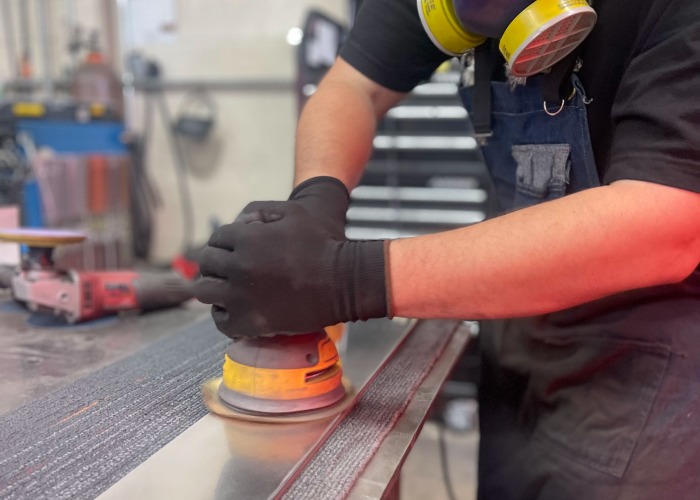
This polishing technique entails using abrasives, including sandpapers and flat wheels. They remove the surface imperfections and make it smooth. You can do it manually and use machines such as turntables and ultra-precision methods. However, you must know the grit sizes and them according to the requirements. This technique can achieve a highly smooth surface with only 0.008 μm roughness.
Pros
- This method maintains the original texture of the surface.
- Best to achieve a mirror-like finish.
- Smooth and flawless surfaces with the least roughness.
Cons
- It needs more hard work and attention to detail.
- Highly subject to increased material temperature, which can deteriorate the quality of the product.
- You need to be an expert while doing mechanical polishing.
- It can cause corrosion, and the glow may fade with time.
Chemical Polishing
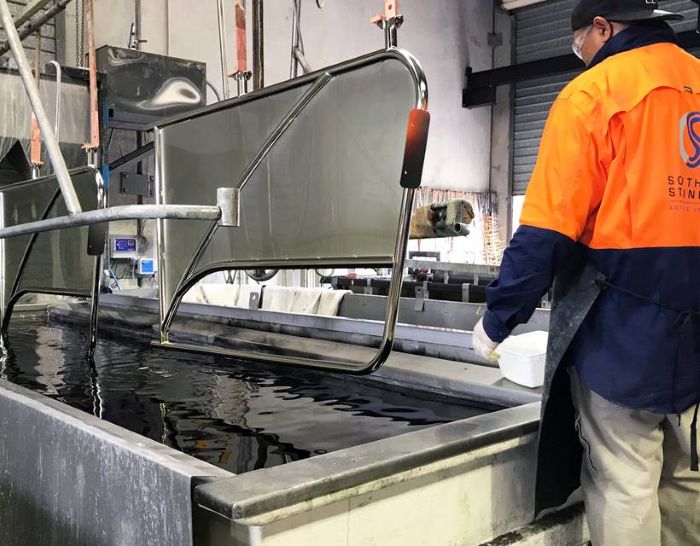
In this polishing technique, you immerse the material in the chemical for a smooth and flawless finish. The chemical reacts with the material’s surface and fills in the pits and peaks, resulting in a uniform surface. Making passivation layers ensures effective smoothening of the surface. It removes the micro-level scratches and pits by offering a smooth, subtle finish. The method usually polishes metallic parts that are difficult to polish mechanically.
Pros:
- Offers a uniform surface with minimal to zero imperfections.
- You can polish materials with different dimensions and shapes.
- Protects from corrosion and offers a smooth finish.
- Highly efficient with less equipment and cost.
Cons:
- You need to handle the chemical solution with care.
- With total reliance on the chemicals, you can’t make alterations as you like.
- Potential hazards and harm to the environment.
Electrolytic Polishing

Electrolytic or electropolishing includes the same method as chemical polishing. However, it includes the chemical solution, generally an acid electrolyte. In this process, the electric current passes through the solution, and the solution dissolves peaks and imperfections. Its major applications are for metals such as iron, aluminum, steel, and others. Moreover, it caters to many industries where the need for smooth, clean, and perfect products is crucial.
Pros:
- Offers a shiny, smooth surface.
- Improves durability and protects from rust.
- Can polish multi-dimensional products easily.
Cons:
- Special equipment such as chemicals, electric cells, and protection are needed.
- It’s not good with insulators.
- High cost, needs careful use.
Some Other Polishing Techniques
Besides the above techniques, there are many others. Each comes with different pros and cons. If one is easy and automatic, the other needs manual effort, but the results are extraordinary. So, let’s take a little glimpse at them before moving forward with other topics:
- Buffing: A rubbing technique featuring a buffing wheel and compound to smooth the material’s surface. Best to remove minor imperfections and add shine to the material.
- Lapping: This technique involves a slow process in which lapping plates have abrasive compounds. The material circulates in between the plates to get a smooth surface. It is not good for products with high multi-dimensions.
- Ultrasonic Polishing: We use a soft tool made of wood or brass connected to an ultrasonic transducer during this coating. This tool frequently rubs against the material and polishes the surface.
- Flame Polishing: As the name suggests, this glossing technique uses flame, usually a hydrogen-oxygen torch. We apply the flame to the surface, resulting in the material melting. As a result, the material gets a smooth surface.
How to Choose the Right Polishing Technique?
The right finishing technique selection is important to get a shiny and smooth surface. One technique does not work on all the others when working with different metals. Here are some factors that play a major role in choosing the right technique:
1. Material Type
Inspect the material carefully. How hard is the material? What’s it built for? What about the thickness of the material? Make sure to ask these questions before choosing a polishing method. For example, metals like steel and iron may need mechanical polishing, while plastics need vapor polishing.
2. Expected Results
Consider your expectations and use of material. Sometimes, a minor finish can do an awesome job. However, something extra is needed for a mirror finish or flawless surface. So, what’s your need? If you also want corrosion-free material, choose electropolishing. Moreover, if you are into more precision, go for mechanical polishing.
3. Inspect the Surface
You will need a stronger method to remove deep scratches and imperfections. Moreover, the delicate designs may need something more precautious. So, it’s best to choose the right method. Deeper pits may need ultrasonic polishing, and sturdy metals may need mechanical polishing.
4. Production Volume and Cost
For mass production, you will need faster polishing methods. And for more quality and premium items, you can use a technique that offers the best possible results. Moreover, budget does matter. Know your investment budget and check the availability of tools. Some methods, such as chemical polishing, may need special chemicals.
What Type of Material Support Polishing?
Polishing is a versatile technique, and not every material can support it. You need to choose it carefully according to its metal type. Therefore, you need to be careful from the start to get the best results. Here are some major materials that support polishing:
- Metals are the primary materials that need glossing. From steel to aluminum and copper, they support chemical and mechanical polishing.
- Plastics also need coating; one major technique we use for them is vapor polishing. From making transparent optical products to using items daily, plastic goes undercoating for shiny finishes.
- Glass is another special material that needs the removal of scratches and imperfections with care. It supports mechanical and chemical polishing techniques for smoother, transparent, shiny surfaces.
- Stone surfaces, including marble, are important for home design. From tiles to countertops, they need shine to captivate. Thus, mechanical polishing with high abrasives can make the stone’s surface smoother.
- Ceramics also undergo buffing as they need aesthetic appeal. It also supports mechanical and chemical methods to get reflective surfaces.
- Wood polishing is also important to give the furniture a premium finish. Polishing enhances its natural aesthetics and durability. Wood includes a simple sanding method for a smoother surface.
- Composite materials such as carbon fibers and fiberglass also need polishing. As they are heterogeneous, they need special care during the polish process. They support mechanical coating and coat polishing.
Applications of Polishing in Different Industries
Polishing is a cornerstone for many industries. The polished products not only offer durability but also functionality. Therefore, Premium Parts offers you different polishing techniques and efficiently delivers results. Industries like medicine, aerospace, and automobiles all use polished products. Here’s the break-down of some major industries:
- In aerospace, the coating makes products frictionless and improves their functionality.
- It enhances the aesthetics of automobile components, giving them a shiny and durable finish.
- The medical industry uses smooth products such as optics. Coatings offer them products with smooth surfaces, reducing the risk of contamination.
- Technology like computer screens and smartphones also undergoes polishing.
- Stones on jewelry and their metal also use glossing for a shiny finish.
Offering Quality with Precision at Premium Parts
Polishing enhances the aesthetics of products and also adds worth to them. The premium finishes make them durable and enhance their functionality. With this technique, your products become shiny and radiant. However, you must know the techniques, have the proper equipment, and follow proper smoothing guidance. At Premium Parts, we meet the industry standards and offer high-quality parts. We have polishing experts that surpass the testament of manufacturing techniques. With high-end machinery, we offer you world-class finishes. Get a quote now, and start working on something incredible together.
FAQs
Q1. Does polishing make surfaces durable?
Yes, smoothing makes surfaces highly durable, depending on the material. It reduces roughness and friction, enhancing their durability and preventing wearing and tear.
Q2. What are the major machines and tools required for surface polishing?
There are different coating methods, and you need different equipment for each. Thus, you can count on polishing machines, rotary buffing, flat wheels, coating pads, abrasive materials, and others.
Q3. What are some common mistakes in polishing?
Polishing includes different steps, so try to avoid over-polishing and inconsistent pressure. Moreover, ensure you are using the right abrasive and regularly maintain equipment. Subsequently, prepare the surface, adjust the speed, and follow all the steps.
Q4. What safety measures are necessary for polishing?
Wear protective items such as glasses, gloves, and masks. Moreover, make sure the area is safe and has the proper temperature. One major consideration is securing the material during polishing; make sure it’s not moveable. Also, the equipment must be maintained regularly, and proper steps must be followed.
Q5. What are some special tips for optimal polishing?
To get the best polish finish, you need to select the right tools and adjust speed and pressure. Similarly, don’t skip the steps; ensure cleanliness and inspect the material’s temperature.


